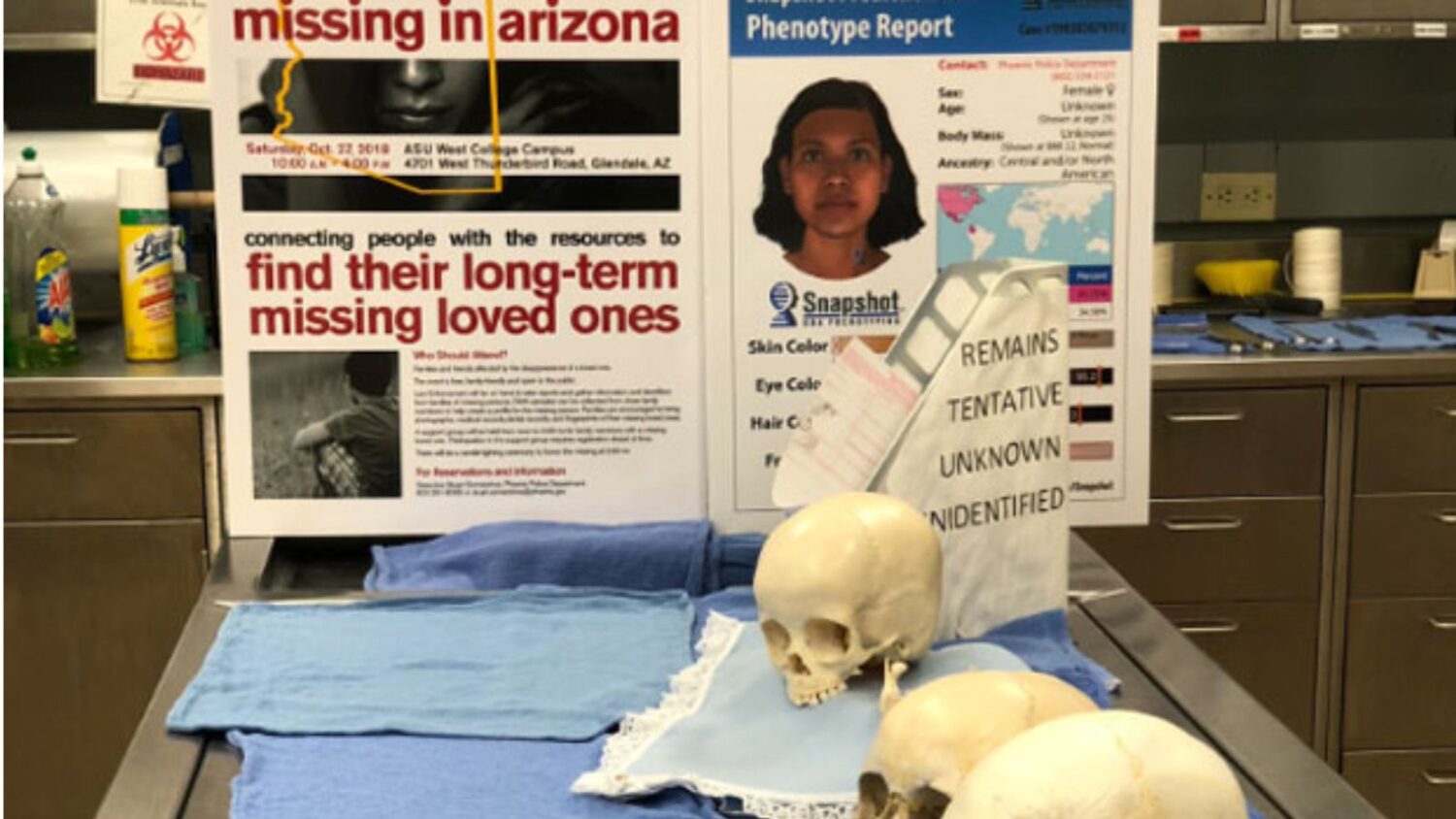PHOENIX — Genetic genealogy helped Arizona investigators make a breakthrough on a 13-year-old cold case.
The Arizona Attorney General’s Office Cold Case Unit, which launched earlier this year, helped confirm the identity of a body found on Oct. 13, 2011.
Kermit Wane Anderson had no identification when his body was found, so investigators referred to him as John Doe for years. He died from a self-inflicted gunshot wound.
That changed last year when the Maricopa County Office of the Medical Examiner (MCOME) took the investigation out of state in 2024.
How did genetic genealogy help crack a 13-year-old cold case in Phoenix?
- The office sent a bloodstain to the Ramapo College Investigative Genetic Genealogy Center (IGG) in New Jersey.
- The IGG sent part of the bloodstone to Genologue in Georgia for a DNA extraction and whole genome sequencing.
- Genologue sent files to Parabon Nanolabs in Virginia to collect further further biological information.
- Eventually, the IGG uploaded genetic file to a massive online database called GEDmatch Pro.
A group of IGG students took over research for the case. Within a month, they identified Kermit Wayne Anderson as a possible DNA match. They sent the information to MCOME, which asked the Arizona Attorney General’s Office Cold Case Unit for a sample from Anderson’s son.
That sample confirmed that the body belonged to Anderson on May 19.
“So many families have had to wait far too long for answers and justice,” Arizona Attorney General Kris Mayes said in a Thursday announcement. “I’m proud of our Cold Case Unit and the work they are doing to close these cases and deliver answers to the family members of missing and murdered Arizonans.”
We want to hear from you.
Have a story idea or tip? Pass it along to the KTAR News team here.

